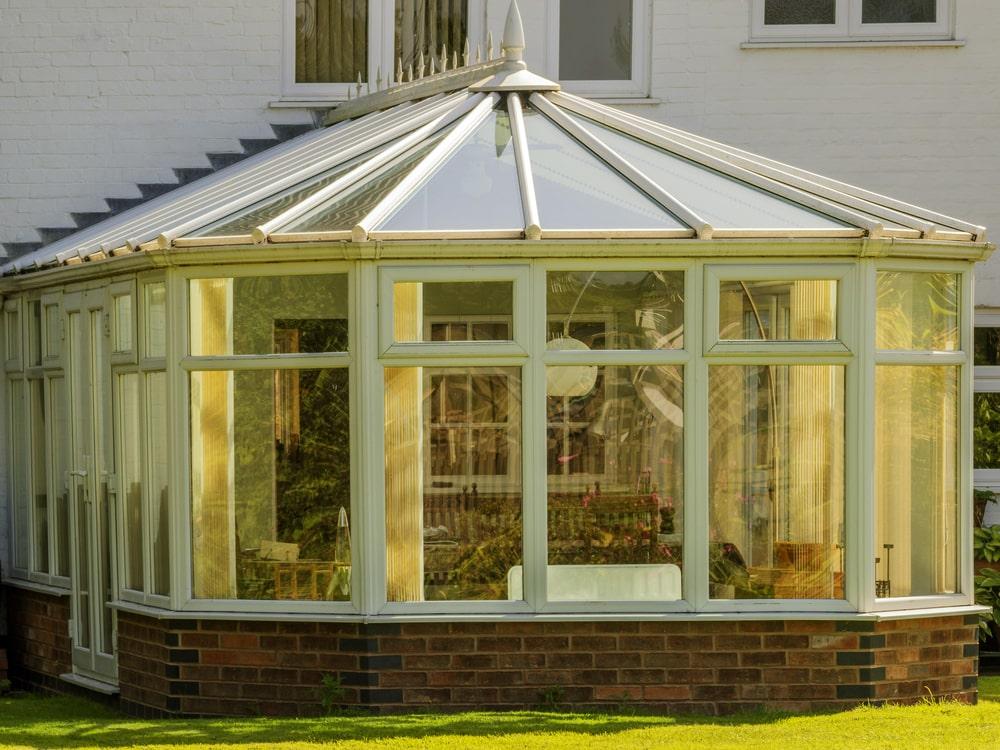There are various reasons that we might want to make some changes to our homes. This means that there are also different changes we can make—such as adding an extension or a new conservatory. However, while some changes are straightforward, some require planning permission first, It is essential to know whether planning permission is required before you start any project. If your new conservatory does not fall within the permitted boundaries, you may be required to take the whole new structure down at your own expense. This will be money lost on top of the expense of building it.

Many people often do not realise the importance of seeking planning permission before adding a conservatory or a project like an extension to their homes. Proceeding with the project without proper permission can land you in trouble with your local authority or council. If you plan to sell your home later, the deal will not be allowed to go through without the appropriate planning permission and building regulations approval.
To avoid these costly mistakes, you need to check if you do need planning permission approval for your new conservatory. We recommend seeking guidance from an expert well acquainted with the regulations. This post discusses the key things you should know about planning permission for a conservatory. But first, let’s understand what a conservatory is.
What is a conservatory?
Initially, Victorians built conservatories to provide space for their exotic plants. These structures were initially built separate from the house, but this idea has changed over time. Today we usually see conservatories designed to be attached to our houses, forming an integral part of it.
In most modern conservatories, they are intended to be an addition to the main living space. They can be built either at the back or on either side of the house. When building a conservatory, you have the option of choosing classic traditional designs or modern designs. But whatever option you choose, it is crucial to seek planning permission for a conservatory before you start the project.
Planning permission for a conservatory
Conservatories are usually treated as single-storey building extensions when seeking planning permission approval, although building regulations approval might differ. This means that they are usually projects that you can proceed with easily because they are within permitted development rights. In some cases, however, they will require planning permission. Talk with an expert from reputable architectural firms such as Humphreys and Sons to understand this.
In which cases do you require planning permission for a conservatory?
You require planning permission for a conservatory when:
- The new conservatory structure covers more than half of the land surrounding the original house.
- The extension will be built on a side of the house that faces a road
- The new structure will be taller than the highest roof point
- The height of the eaves is taller than 3 metres when within 2 metres of the boundary
- The eaves and ridge are taller than the original house
- The new conservatory is wider than 50% of the width of your house
- A rear house conservatory that extends more than 6 metres beyond the original house
- A rear conservatory is taller than 4 metres.
How big should a conservatory built without planning permission be?
As seen in the above conditions, the size of a conservatory that is allowed mainly depends on how big your current house is. It does not matter how big the conservatory structure will be if it meets the conditions above. To be safe, it is always advisable to consult an expert who understands all the ins and outs of planning permission for a conservatory.
Image by Depositphotos





